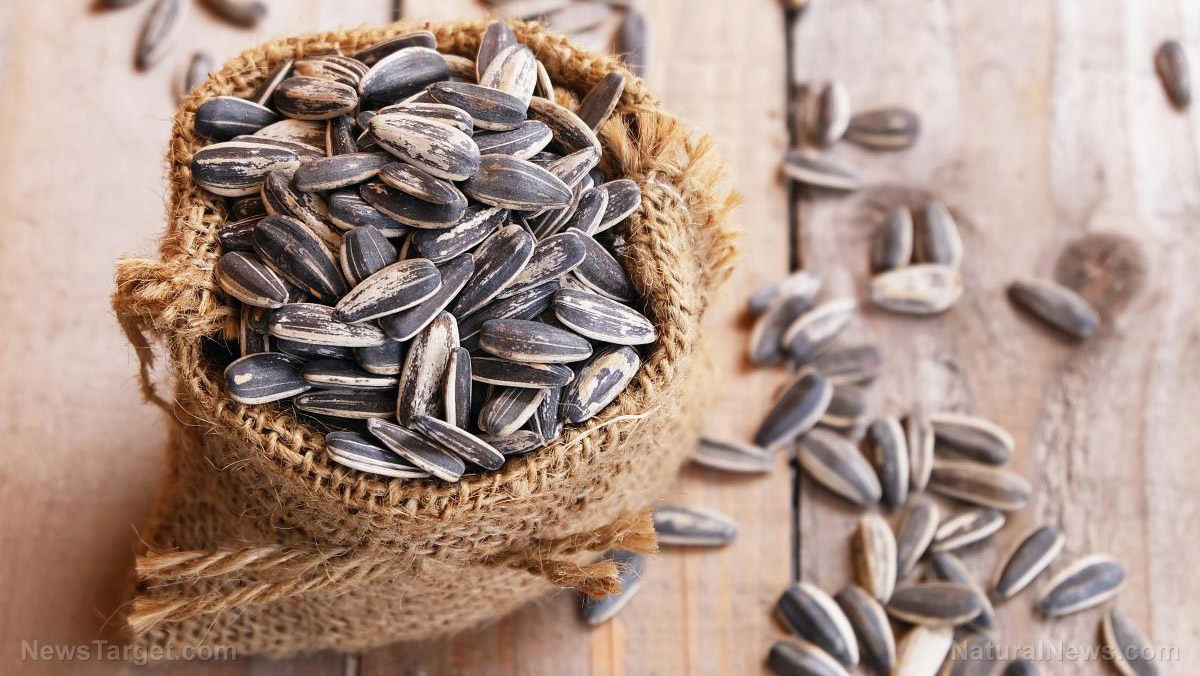Validating the ethnopharmacological use of Orthosiphon stamineus in treating diabetes
07/04/2018 / By Ralph Flores

Researchers have established that the use of Orthosiphon stamineus (locally known as cat’s whiskers) in ethnomedicine to treat symptoms of diabetes mellitus is founded on sound science, based on an analysis of its biochemical and metabolic mechanisms. The study, which was published in BMC Complementary and Alternative Medicine, was the first to use the 1H NMR-based urine metabolomics tool to determine the ability of O. stamineus in treating diabetes mellitus.
- The protective mechanism of O. stamineus was tested using rats that were injected with streptozotocin to induce diabetes.
- Four solvent extracts of O. stamineus were used for the experiment. Rats were separated into groups and were given a 500 mg of solvent extract per kilogram of body weight (mg/kg). The resulting urine was then tested using the NMR metabolomics approach.
- From the results, the aqueous extract of O. stamineus had a similar diabetes-reversing action to that of 10 mg/kg of glibenclamide.
- Fifteen urinary metabolites also experienced a dramatic change in levels with the aqueous extract of O. stamineus. In particular, it regulated tricarboxylic acid cycle, glycolysis/gluconeogenesis, lipid and amino acid metabolism.
The findings of the study confirm the effects of O. stamineus in diabetes treatment.
Find the full text of the study at this link.
Journal Reference:
Azam AA, Pariyani R, Ismail IS, Ismail A, Khatib A, Abas F, Shaari K. URINARY METABOLOMICS STUDY ON THE PROTECTIVE ROLE OF ORTHOSIPHON STAMINEUS IN STREPTOZOTOCIN INDUCED DIABETES MELLITUS IN RATS VIA 1H NMR SPECTROSCOPY. BMC Complementary and Alternative Medicine. 2017;17. (278). DOI: 10.1186/s12906-017-1777-1
Tagged Under: alternative cures, alternative medicine, diabetes, diabetes mellitus, herbal alternatives, herbal medicines, herbal remedies, herbal treatments, Herbs, medicinal plants, natural medicine, plant extracts, research




















